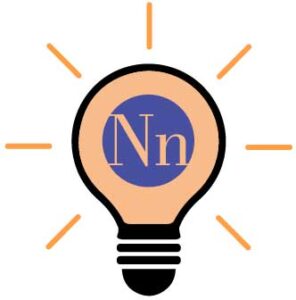Enrollment managers across the country are fixated with our funnels. Unfortunately, the word hasn’t spread to community colleges. Here’s a quick comparison of private not-for-profit, and private for-profit top of funnel enrollment strategies compared to community colleges.
Top of the Funnel
For schools, colleges and universities that are enrollment driven, the journey begins with an information request. Some folks call it an RFI (request for information) or IRF (information request form). Funny side note: I had a friend in the lead generation business 20 years ago who bought a new luxury auto and had a personalized license plate with “IRF.”
This RFI or IRF is prominently featured on landing pages and on the college home page. Sadly, most CC’s don’t embrace landing pages and that topic will consume another page of dialogue. Maybe we’ll tackle that topic next month! Ok back to the RFI. This simple form allows the prospective student to raise their hand and say “Hey, I’m interested in your school. Here’s my name, email, and phone.” It’s this simple form that triggers action from the receiving institution. Action in an understatement.
Upon receipt of that little form, the college or university will probably:
- Send an auto-email acknowledging the RFI
- Make a phone call to the prospect
- Load them into the prospective student database for on-going email communication – some may even collect an address and begin a snail-mail stream
- Thoughtful communication and messaging are then employed from this point forward to encourage the prospect to “take the next step”
- Visit the campus
- Attend an event
- Complete an application
In summary, this short, simple form is easy and fast for the prospective student to complete, but it initiates a very large effort to serve the student and guide them through the enrollment process.
Enrollment Managers call this “an inquiry” and they are hell-bent on filling the top of their funnel with inquiries.
Need an Example?
Let’s look at Lake Michigan College, the local community college that I support by paying my property taxes. The “promise” of Free Tuition is almost above the fold. But how do you learn more? You can navigate to the admissions page and choose the option to apply. But what if you aren’t ready to apply yet? There’s no other way to start your student journey. And if you do scroll down to the bottom of the home page and select “contact us” you land on a generic form that is designed to serve everyone. There is no option to select a program of interest on this generic contact form, and you are informed that your inquiry will be answered in “two business days.” Sadly, this is not an RFI or IRF.
And if you do scroll down to the bottom of the home page and select “contact us” you land on a generic form that is designed to serve everyone. There is no option to select a program of interest on this generic contact form, and you are informed that your inquiry will be answered in “two business days.” Sadly, this is not an RFI or IRF.
Now let’s look at a small private non-profit college that offers an accredited medical assistant program in the same city, Ross College. When you visit their site, the first thing you are prompted to do is submit your email address so the College can communicate with you and get you additional information. There is no searching for a form to fill out and no need to navigate to another page of the web site. Now that’s an RFI!
At first glance this may seem relatively insignificant. Wrong. It’s HUGE. Without an active process to collect inquiries, this community college has no prospective student database. No email list of prospects to invite to campus events. No group of student wannabes to nudge along the enrollment path.

Without a prospect database, how do you increase applications? You don’t.
If you don’t increase applications, how do you increase enrollments? You don’t.
Conclusion
Free tuition won’t increase community college enrollment without a plan to build a prospective student database.
Comments are closed.



Recent Comments